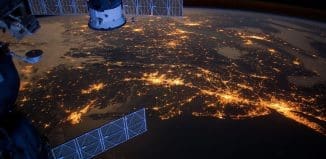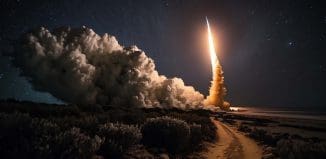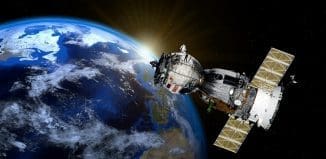Asteroid Hunter Spacecraft to Map Hazards Close to Earth
This post is also available in:  עברית (Hebrew)
עברית (Hebrew)
 In 2010 and early 2011, a NASA spacecraft that made the most comprehensive survey to date of asteroids and comets, discovered more than 34,000 asteroids and characterized 158,000 throughout the solar system. The craft known as Near-Earth Object Wide-field Infrared Survey Explorer (NEOWISE) was reactivated in September following thirty-one months in hibernation, to assist NASA’s efforts to identify the population of potentially hazardous near-Earth objects (NEOs).
In 2010 and early 2011, a NASA spacecraft that made the most comprehensive survey to date of asteroids and comets, discovered more than 34,000 asteroids and characterized 158,000 throughout the solar system. The craft known as Near-Earth Object Wide-field Infrared Survey Explorer (NEOWISE) was reactivated in September following thirty-one months in hibernation, to assist NASA’s efforts to identify the population of potentially hazardous near-Earth objects (NEOs).
According to a report in HLS News Wire NASA’s NEOWISE has returned its first set of test images in preparation for a renewed mission. NEOWISE also can assist in characterizing previously detected asteroids that could be considered potential targets for future exploration missions.
iHLS – Israel Homeland Security
A NASA release reports that some of the deep-space images taken by the spacecraft include a previously detected asteroid named (872) Holda. With a diameter of twenty-six miles, this asteroid orbits the sun between Mars and Jupiter in a region astronomers call the asteroid belt. The images tell researchers the quality of the spacecraft’s observations is the same as during its primary mission.
The spacecraft uses a 16-inch telescope and infrared cameras to seek out and discover unknown NEOs and characterize their size, albedo or reflectivity, and thermal properties. Asteroids reflect, but do not emit, visible light, so data collected with optical telescopes using visible light can be deceiving. Infrared sensors, similar to the cameras on NEOWISE, are a powerful tool for discovering, cataloging and understanding the asteroid population.





























